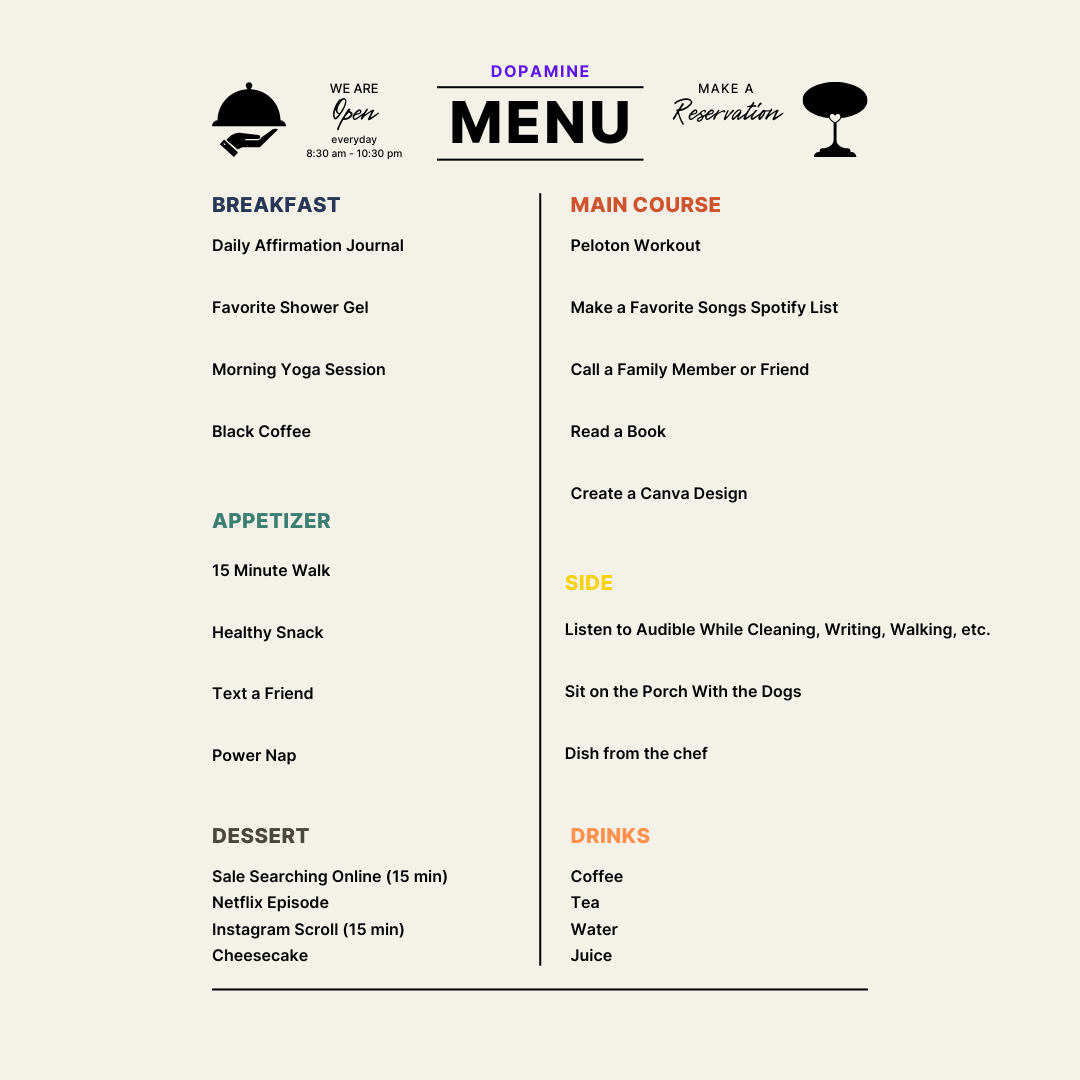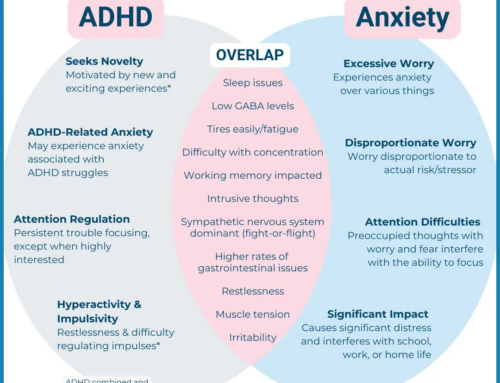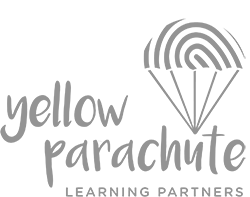Dopamine is a fascinating neurotransmitter that plays a crucial role in your brain’s reward system, motivation, and motor control.
This powerful chemical messenger is responsible for the feelings of reward and satisfaction you experience when you accomplish tasks or do things you enjoy. An especially powerful characteristic of dopamine is that getting some dopamine leads your body and mind to crave more. Understanding how dopamine works and learning how to harness its effects can significantly, scientifically improve your daily routine.
What is Dopamine?
Dopamine is a hormone and neurotransmitter produced in the brain. A neurotransmitter is a chemical messenger produced by nerve cells (neurons) that transmits signals in the brain. Neurotransmitters play a crucial role in the nervous system by facilitating communication between nerve cells and controlling various bodily functions.
You may have heard of Dopamine referred to as the “feel-good” chemical because it’s associated with pleasure and reward. However, dopamine’s functions extend far beyond just making us feel content or satisfied.
It’s involved in:
- Motivation and goal-oriented behavior
- Motor control and movement
- Learning and memory
- Mood regulation
- Sleep patterns
- Concentration and focus
Dopamine accounts for approximately 80% of the catecholamine content in the brain, playing a crucial role in the brain’s reward pathways. Catecholamine is a type of neurohormone, which is a chemical produced by nerve cells to transmit signals to other cells, and is vital for managing stress responses.
Researchers suggest that individuals with ADHD may have reduced levels of dopamine and less effective dopamine receptors. This deficiency can be associated with the challenges ADHD individuals face regarding motivation, learning, memory, mood regulation, and issues with sleep patterns and concentration.
In summary, dopamine is not only essential for fostering feelings of comfort and satisfaction but also for creating an environment conducive to productivity in the brain. For those with lower dopamine levels or inefficient receptors, discovering ways to naturally enhance this crucial chemical can lead to transformative changes in their lives.
The Dopamine Menu: A Tool for Boosting Motivation
A dopamine menu is a creative and practical way to organize activities that naturally elevate your dopamine levels, boosting happiness and motivation. Whether you take medication to help you manage your ADHD symptoms or prefer to try managing without it, a dopamine menu can add to your confidence and sense of control over your life.
The Dopamine Menu has gained popularity, especially within the ADHD community, as a tool to combat low motivation and decision fatigue. The concept was popularized by Jessica McCabe, who runs the YouTube channel How to ADHD.
Here are some examples of activities that can be included on a dopamine menu:
- Entrees
- Activities that make you feel engaged and “alive”, such as playing an instrument, going to the dog park, or having a game night
- Sides
- Activities that can be done while doing something else, such as listening to a podcast while cleaning
- Desserts
- Activities that are tasty in moderation but can make you feel bad if you have them too often, such as scrolling on social media or watching TV
- Specials
- Activities that are not always available but are highly anticipated, such as seeing a concert or taking a trip
How to Create Your Dopamine Menu
1.Identify Your Dopamine-Boosting Activities: Start by listing activities that bring you joy, satisfaction, or a sense of accomplishment. These can range from simple pleasures like enjoying a cup of coffee to more involved tasks like completing a workout.
2. Categorize Your Activities: Organize your list into categories similar to a restaurant menu.
- Appetizers: Quick, easy activities (10-15 minutes) like listening to a favorite song or taking a short walk.
- Main Courses: Longer activities (an hour or more) such as reading a book or engaging in a hobby.
- Sides: Activities that can be paired with others, like listening to a podcast while cleaning.
- Desserts: Short-term pleasures to be enjoyed in moderation, such as scrolling social media (with time limits).
3. Balance Your Menu: Include a mix of quick dopamine boosts and activities that provide longer-term satisfaction.
4. Personalize and Refine: Tailor your menu to your preferences and lifestyle. Remove activities that you consistently avoid and add new ones as your interests change.
By creating and consistently utilizing a dopamine menu, you can proactively manage your motivation and mood. The tool can be especially helpful in managing ADHD symptoms or struggling with low dopamine levels. Remember, the key is to personalize your menu and use it as a guide to engage in activities that naturally boost your dopamine, leading to increased happiness, productivity, confidence, and overall well-being.
Ready to start? There’s no time better than right NOW.
Use the bolded link to visit our resources page to download your Dopamine Menu Template and directions!
Yours in the (joyful) journey,
Cara







